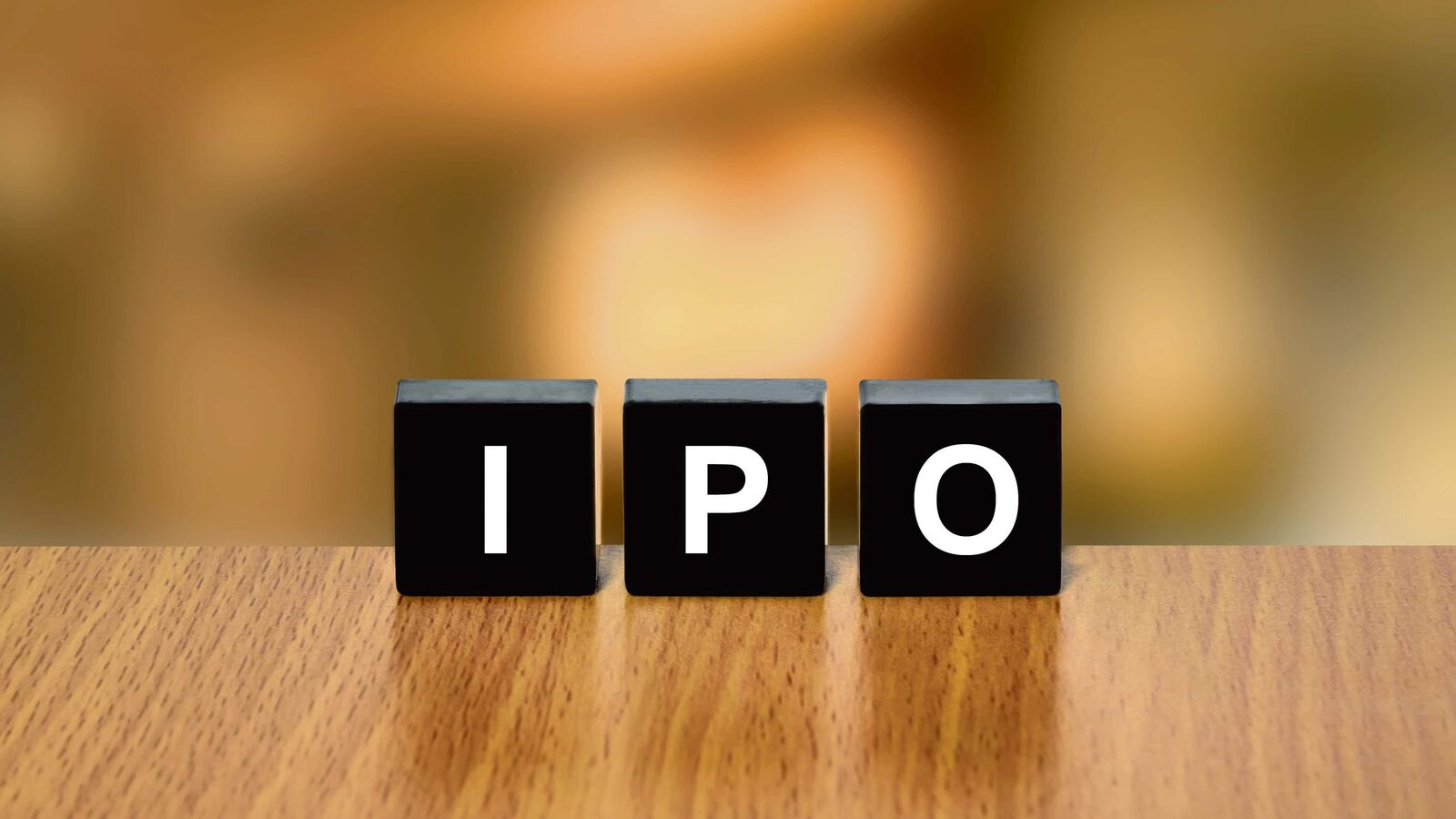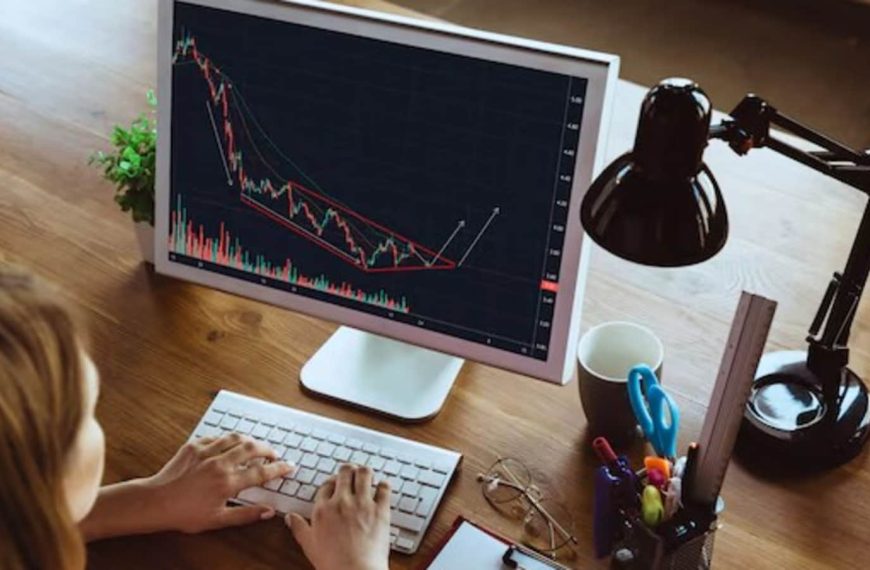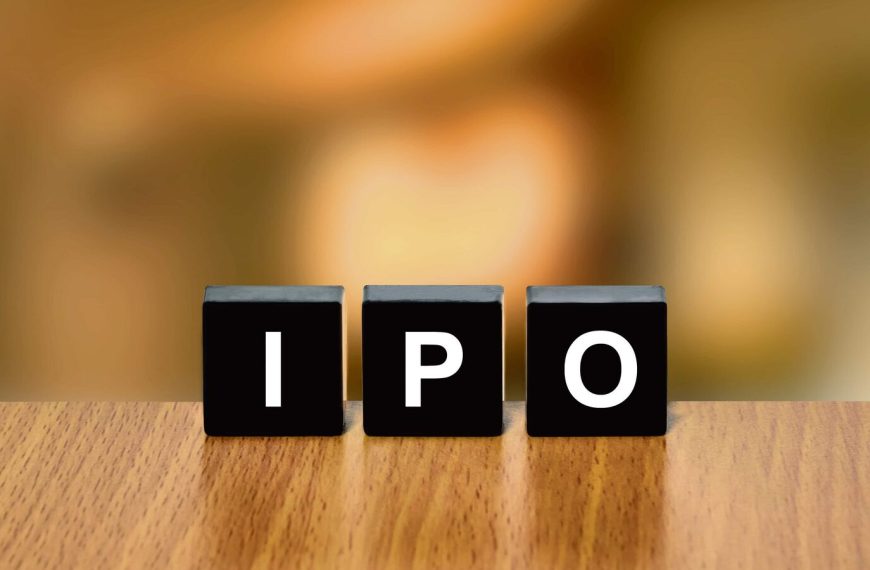The current landscape of the Initial Public Offering (IPO) market is facing significant challenges, both in India and globally, exacerbated by the repercussions of Trump’s tariffs. It has been over a month since the Indian IPO market has seen any new offerings, despite a backlog of filings with the Securities and Exchange Board of India (SEBI). Recent insights from Uniqus Consultech reveal that SEBI has received approximately 144 draft offer documents, collectively aiming for an impressive issue size of over ₹1.47 lakh crores (around $17 billion).
Understanding the Market Dynamics
Prashanth Tapse, a Research Analyst and Senior Vice President of Research at Mehta Equities, highlighted that the ongoing market volatility and global uncertainties stemming from tariff disputes are putting pressure on primary market activities. The lackluster performance of the secondary market over the past few months has significantly impacted investor confidence, leading to a reduced appetite for IPOs. As a result, many Indian promoters and merchant bankers are adopting a cautious approach, waiting for market conditions to stabilize before making their next move.
- Current IPO Activity: No new IPOs in over a month
- SEBI Filings: 144 draft documents received
- Planned Issue Size: Exceeds ₹1.47 lakh crores
The Impact of Global Trade Tensions
Mohit Gulati, Chief Investment Officer and Managing Partner at ITI Growth Opportunities Fund, noted that the Trump tariffs have created considerable upheaval across international financial markets, including in India and the U.S. This volatility has been fueled by rising trade tensions and fears of a potential global recession, resulting in historic losses across stock markets. However, he emphasized that the global economy has significant stakes that prevent it from stagnating indefinitely.
Trends in the Indian IPO Market for 2025
According to the Uniqus Consultech report, the Indian IPO market showed mixed trends in the first quarter of 2025. In January, all IPOs entered the market at a premium, leading to an average gain of 30% for investors. However, February brought a stark contrast, with three out of four companies listing below their issue price. Notably, Hexaware Technologies was the only firm to achieve a premium listing that month. Despite these fluctuations, the overall average listing gains for the quarter remained positive at 17.53%.
Opportunities Amidst Challenges
Gulati pointed out that this turbulent period presents a unique opportunity for market participants to reassess their strategies. By honing in on macroeconomic trends and aligning them with micro-level fundamentals, investors and merchant bankers can position themselves for lucrative opportunities once stability returns. The long-term growth potential of resilient economies like India remains strong, making this a time for strategic planning rather than panic.
What Lies Ahead for the IPO Market?
In the short term, Tapse anticipates that the primary markets may continue to experience flat activities over the next 2-3 months. The upcoming Q1 FY26 earnings reports will be critical in determining market confidence and visibility. Major IPOs, including those from Ather, NSDL, JSW Cement, and LG, are poised to enter the market as soon as conditions improve.
Arun Kejriwal, founder of Kejriwal Research and Investment Services, added that conditions could potentially improve in the coming months. Once stability returns, we might see normal market activity resume, potentially at levels ranging from 10% higher to 15% lower than current valuations. A return to normalcy does not equate to a static environment; improved conditions are likely to prompt merchant bankers to adopt more rational pricing strategies, paving the way for new issues.
The Path Forward
The primary market’s recovery hinges on the emergence of a standout IPO, which is typically understood to be fairly valued at 10-20% less than what investors are prepared to pay. The pressing question remains: who will take the lead in revitalizing the market? As the IPO landscape continues to evolve, it will be crucial for stakeholders to monitor developments closely and seize opportunities as they arise.
In conclusion, while the IPO market faces immediate hurdles, there are glimmers of hope on the horizon. Stakeholders must remain vigilant and adaptive to navigate this complex financial landscape.











